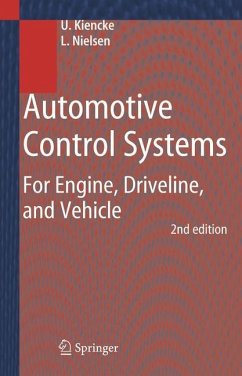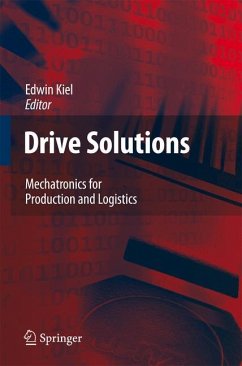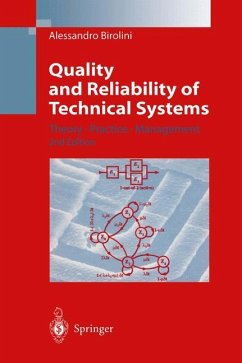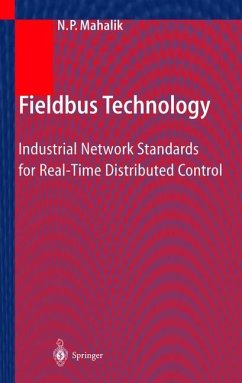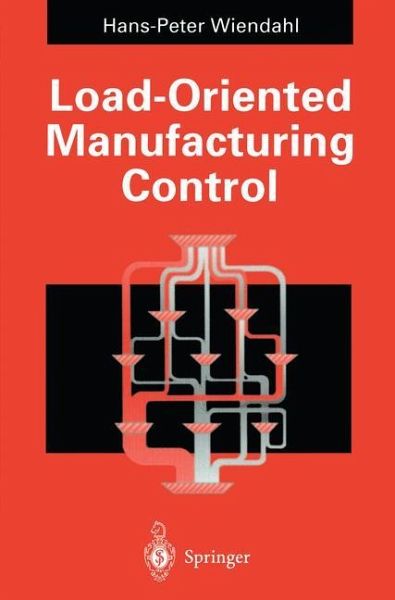
Load-Oriented Manufacturing Control

PAYBACK Punkte
38 °P sammeln!
Load-Oriented Manufacturing Control is unique as it gives comprehensive and self-contained principles for the implementation of an appropriate production control technique of general applicability. It is based on the "funnel model", a new approach to scheduling and scheduling control which has an extensive monitoring and diagnosis system. Its most important system components include throughput diagrams, load-oriented order release, schedule-oriented capacity planning and control. The "funnel model" is getting increasing implementation in manufacturing companies. It is available in numerous var...
Load-Oriented Manufacturing Control is unique as it gives comprehensive and self-contained principles for the implementation of an appropriate production control technique of general applicability. It is based on the "funnel model", a new approach to scheduling and scheduling control which has an extensive monitoring and diagnosis system. Its most important system components include throughput diagrams, load-oriented order release, schedule-oriented capacity planning and control. The "funnel model" is getting increasing implementation in manufacturing companies. It is available in numerous variants and is especially significant for the job-shop and series production. Load-Oriented Manufacturing Control provides a large number of practical examples and is therefore relatively easy to understand. It offers direct implementation of this new important technique in manufacturing scheduling and control.








